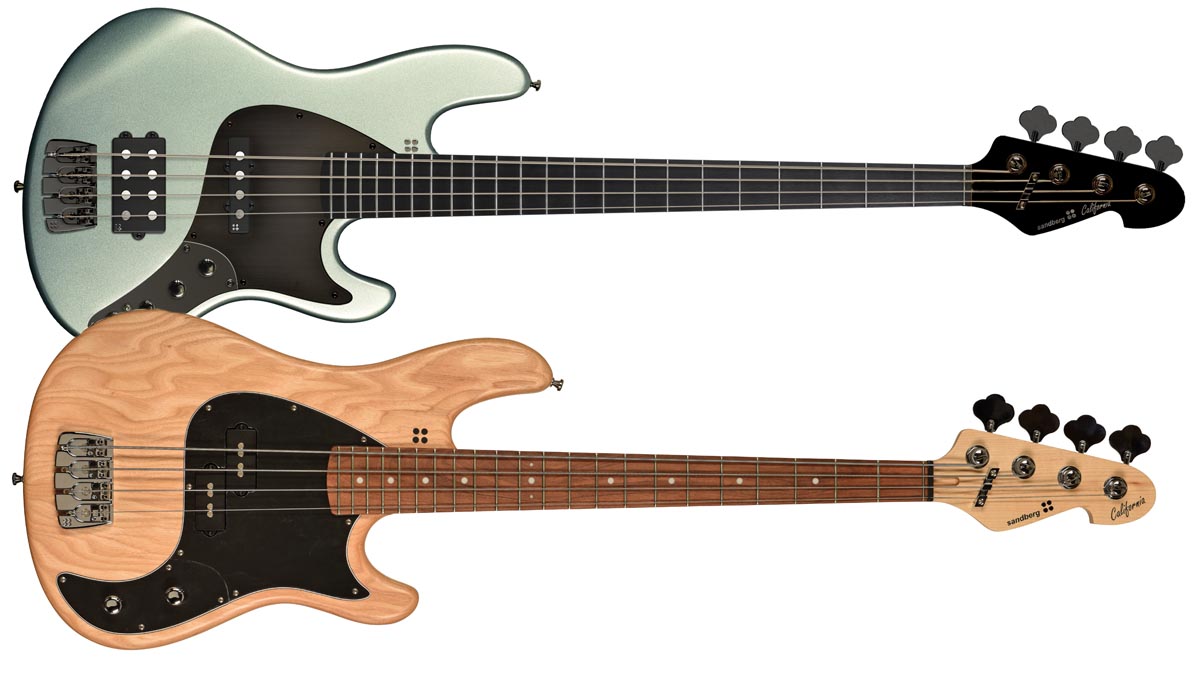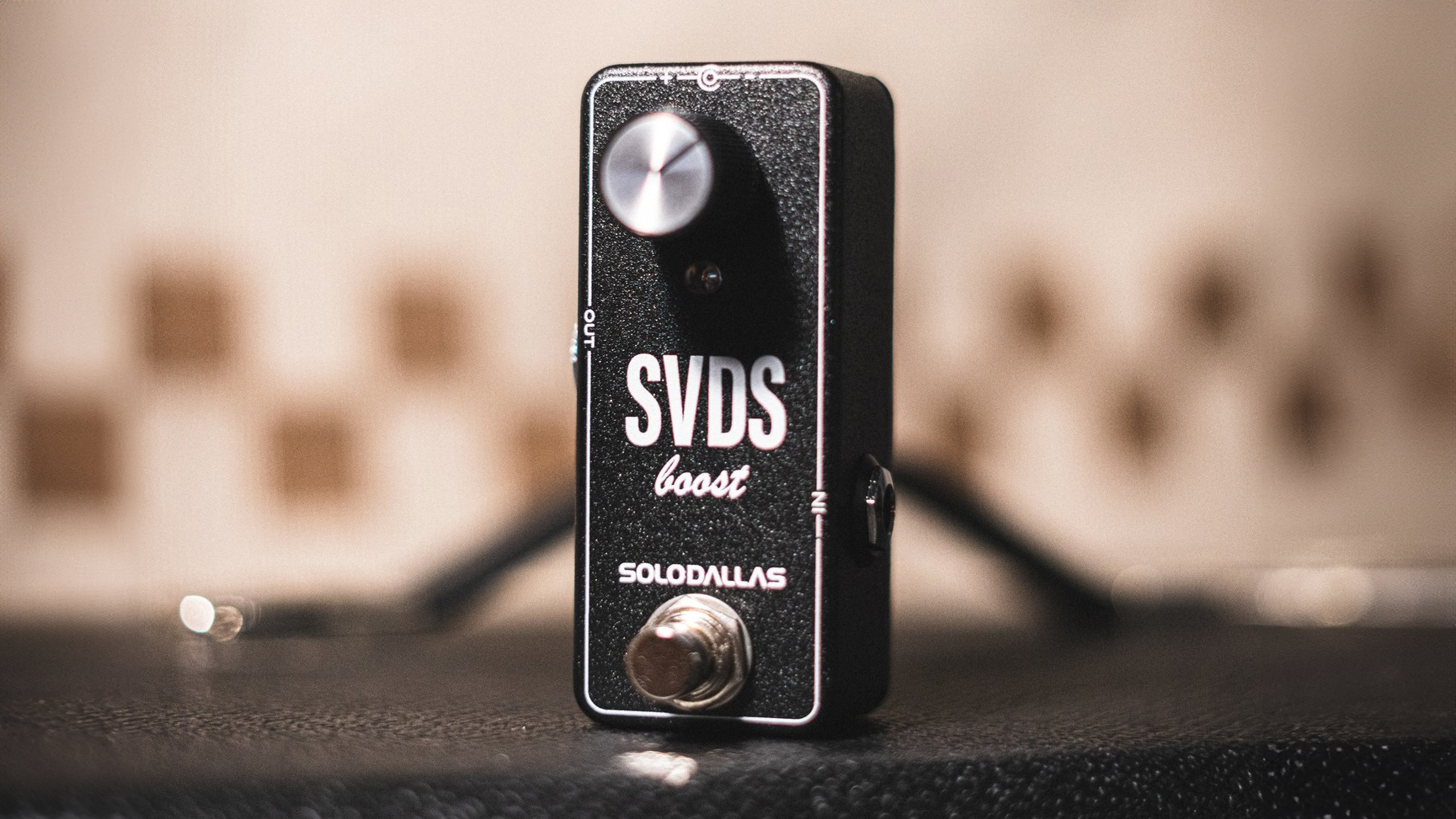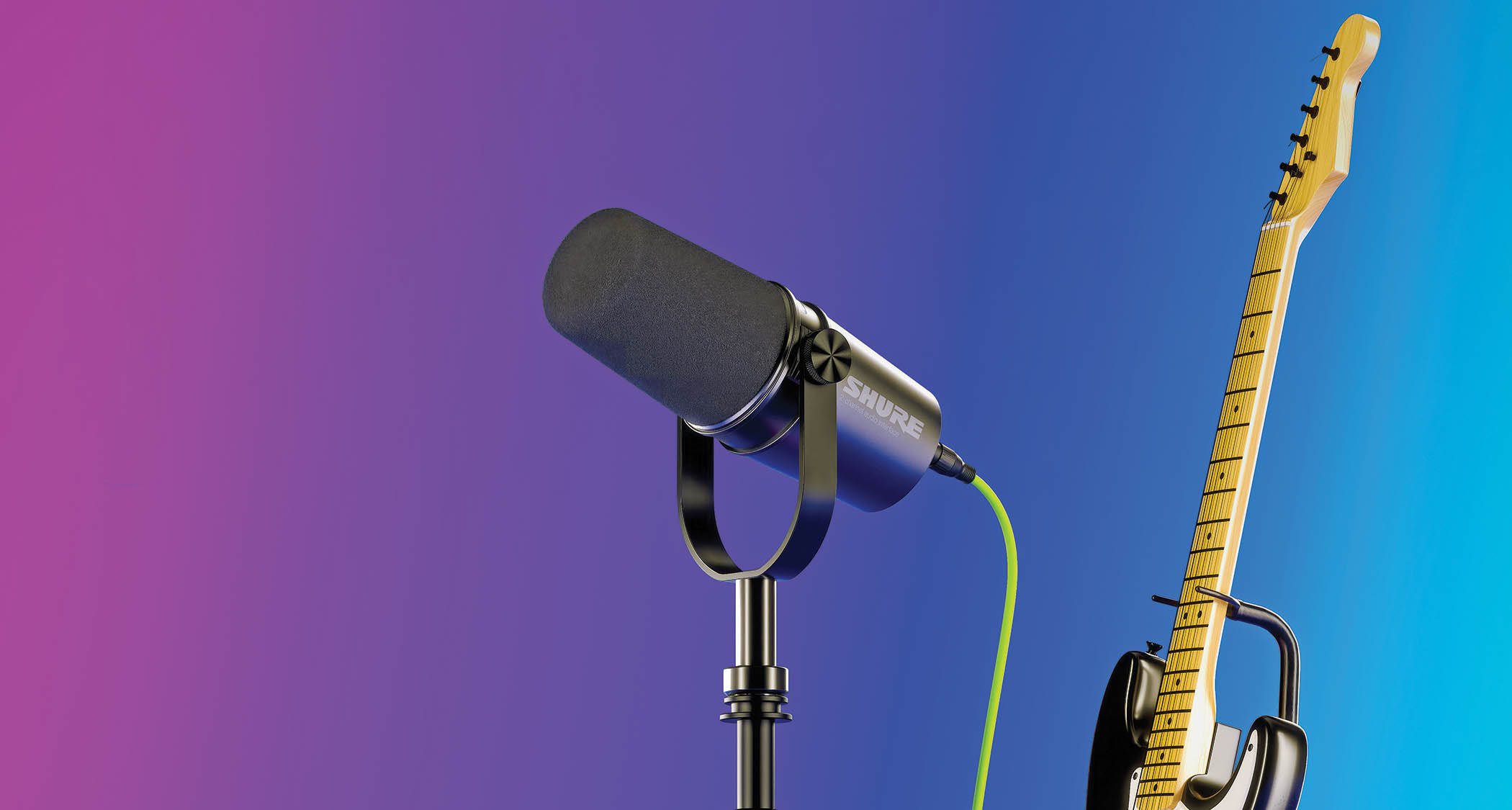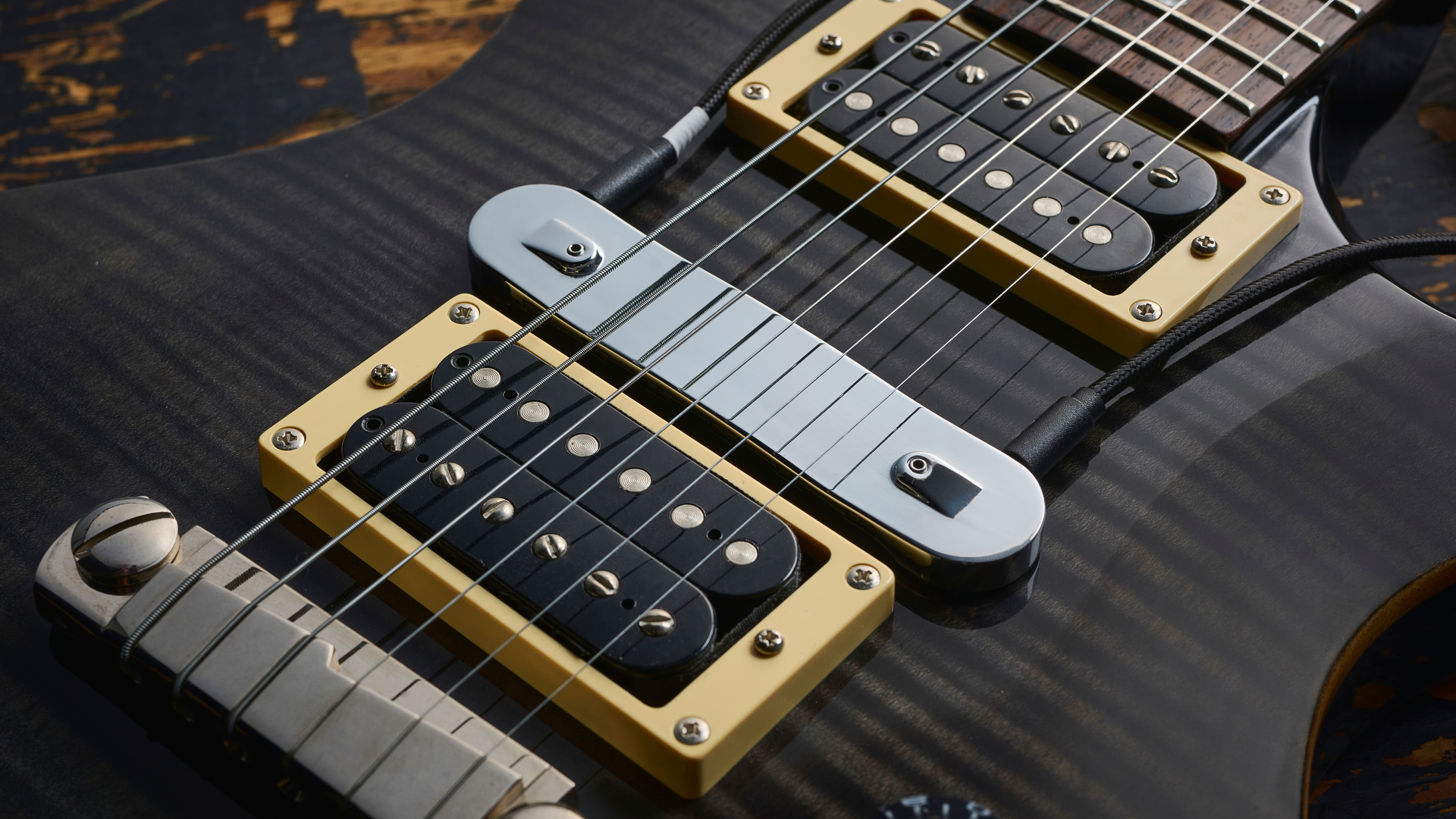Guitar World Verdict
The Lionel is perfect for short-scale P disciples while the Nighthawk is very hard to beat at this price point. It is an impeccable modern bass guitar.
Pros
- +
Lionel has well-gauged scale length and comfortable body.
- +
The Nighthawk's neck is miraculous.
- +
As is its high-register performance.
- +
Quality hardware.
Cons
- -
Lionel has lots of P variant competition.
You can trust Guitar World
The German luthier Holger Sandberg is in an enviable position, with his company’s basses highly regarded but still enjoying an exclusive feel that older, bigger manufacturers can no longer claim.
Neither niche nor mainstream, his instruments sound and play great in our experience, so it will be interesting to see in coming years if the brand can transition from a primarily European marque and establish a significant presence in the USA.
The two Sandberg California basses we have here, both made in Germany but with some Korean components, occupy a tricky midmarket position alongside a huge range of competing basses.
The Nighthawk Plus, a lavishly-equipped instrument by any standards, contrasts against the more traditional Lionel, Sandberg’s new short-scale model – but they share a host of features, as we’re about to find out.
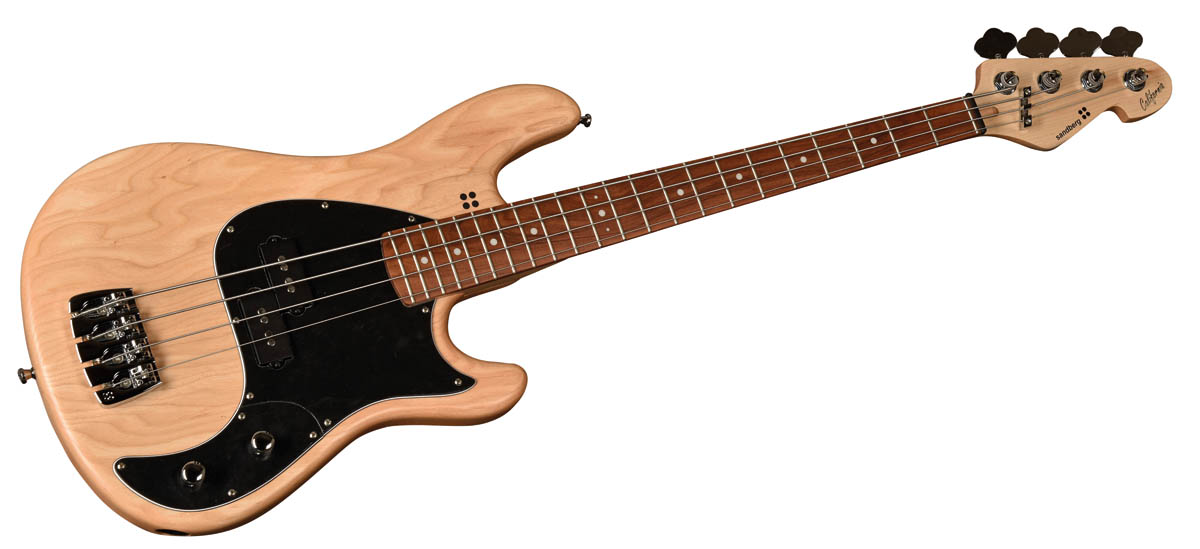
Build Quality
The Nighthawk Plus is the more expensive instrument, and it shows, with a lustrous appearance. The silver finish is awe-inspiring, no matter how traditional you like your basses to look, and the black aluminium scratchplate adds a futuristic solidity.
A minimal aesthetic is clearly at front and center here, so touches such as front-facing fret markers are absent, although a new addition to the Plus model is luminous markers on the neck’s top edge.
The instrument’s weight is manageable at under nine pounds, and its balance is fine. There’s a single-coil pickup halfway back and a humbucker at the bridge, while a 9v battery compartment and four control pots, one of them stacked, imply a wide range of tones.
The smaller details have been finessed carefully, with a recessed jack input and super-smooth tuners – yes, we do seem to be developing a machine-head fetish around these parts lately.
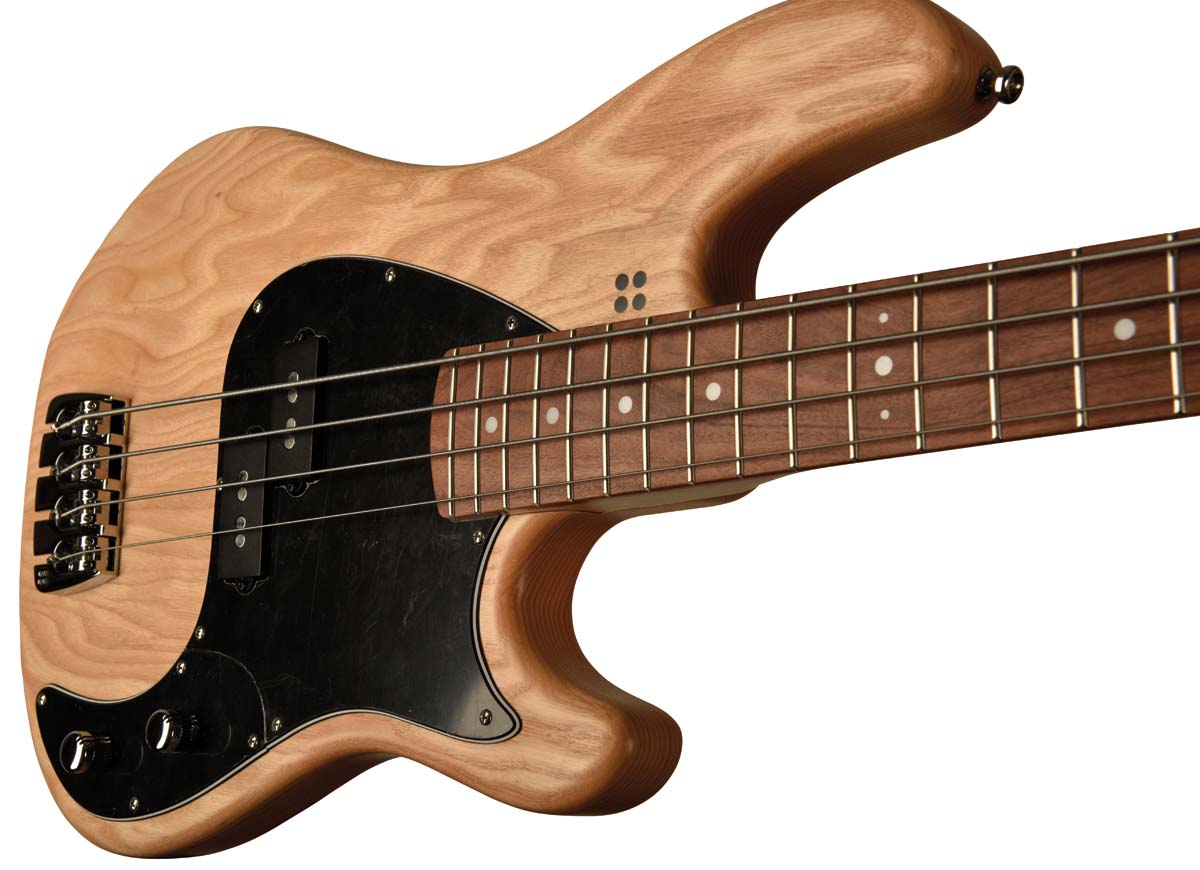
The neck is where the Nighthawk excels, bolted on with no fewer than six bolts and sporting an exquisite ebony fingerboard. The edges are beautifully rolled, but not to the extent that your finger placing suffers, and the rear of the neck is buffed to what feels like perfection. That sweet spot between sticky and slippery is right here.
The Lionel, as the cheaper instrument and one with a different mission, doesn’t compete in glossiness or slickness, but that’s not its purpose. Instead, what we have here is a narrow, chamfered bass body that will appeal to Precision lovers.
It’s passive, with a single split-coil pickup and a simple volume and tone control set, and the only major concession to the modern bass experience that we can easily define is its neck, again with those smooth rolled edges.
The focus of this instrument is clearly its 30” scale, but the feel of the bass is not exactly that of a standard short-scale instrument: there’s a bigger, weightier heft to it than that, and a generally more substantial presence. Let’s see how these instruments perform...

Sounds And Playability
The Lionel is great fun to play. Sometimes it’s nice to go back to basics, especially if the materials quality is high, which it should be at this price. With only a single-coil and a single tone control to worry about, it isn’t hard to find a default tone and stick to it. In our case, we quickly dial in and enjoy a muddy, messy P-Bass thump that is simply and unapologetically traditional in profile.
There’s a clearer, more bell-like midpoint for more considered playing, but this bass is really for big, fat tones rather than glittery modern sounds, so be aware of this before purchase.
The short scale works perfectly, and for anyone tired of manhandling a full scale, it will come as a relief. Its rear neck finish gives you plenty to hold onto, although there’s some sleekness there too, should you venture into higher-register playing.
The Nighthawk's neck and action are very comfortable indeed, making it one of those basses that you simply don’t want to put back in its case
Speaking of which, attempt a melodic fill or solo above the 12th fret on the Nighthawk and you’ll note that the volume there is as high as the notes lower down the neck—a sure sign of a) a well-designed neck, b) a high-quality fretboard and c) clever electronics.
All of these elements are present on this lovely instrument, whose new preamp delivers huge amounts of both top and bottom end when boosted. A passive mode is available if you need it, and – as it should, given its price point – it’s perfectly workable.
However, the active tones are so muscular that it would be a shame not to use them... with care. Its neck and action are very comfortable indeed, making it one of those basses that you simply don’t want to put back in its case.
Conclusion
The Nighthawk is one of the finest basses we’ve ever played, with a neck to die for and a monstrous tone range. The simpler Lionel, as you’d expect from its pricetag –less than two-thirds of its big sister – is less technologically mind-blowing, but just as fun to play.
Both have their place in the modern bassist’s arsenal, and which one you choose on a given session might well depend on your mood. Sometimes you feel like tequila, and sometimes you feel like vodka... Right?
Specs
Sandberg California TM Nighthawk Plus
- PRICE: £1969
- MADE IN: Germany, some parts sourced in Korea
- BODY: Alder, choice of Copper, Inca Silver, Dark Grey finishes; black aluminium pickguard
- NECK: Neck Canadian hard rock maple, 34” scale
- NECK JOINT: Bolt-on, six bolt
- FRETBOARD: Ebony, 22 frets
- PICKUPS: Sandberg single-coil (neck) and humbucker (bridge) Controls | Volume, tone, active/passive modes, Sandberg three-band EQ) Hardware | Sandberg tuners and bridge
- WEIGHT: 3.9 kg / 8.6 lbs
- CASE/GIGBAG: Gigbag
- LEFT-HANDED: Yes
Sandberg VS Lionel
- PRICE: £1142
- MADE IN: Germany, some parts sourced in Korea
- BODY: (matt) European ash, (aged) alder
- NECK: Neck Canadian hard rock maple, 30” scale
- NECK JOINT: Bolt-on, six bolt
- FRETBOARD: Rosewood, 22 frets
- PICKUPS: Sandberg split-coil (middle)
- CONTROLS: Volume, tone,
- HARDWARE: Sandberg tuners and bridge
- WEIGHT: 3.7 kg / 8.15 lbs
- CASE/GIGBAG: Gigbag
- LEFT-HANDED: Yes
- CONTACT: Sandberg
Bass Player is the world’s most comprehensive, trusted and insightful bass publication for passionate bassists and active musicians of all ages. Whatever your ability, BP has the interviews, reviews and lessons that will make you a better bass player. We go behind the scenes with bass manufacturers, ask a stellar crew of bass players for their advice, and bring you insights into pretty much every style of bass playing that exists, from reggae to jazz to metal and beyond. The gear we review ranges from the affordable to the upmarket and we maximise the opportunity to evolve our playing with the best teachers on the planet.
“An esoteric boutique vibe, superb ergonomics and a powerful, unique preamp – Tobias is back”: Tobias Growler IV review
“Affordable versions of the three best basses I've ever held in my hands”: Sterling by Music Man completes its trilogy of Joe Dart signature models with a trio of made-to-order basses that cost less than $500
